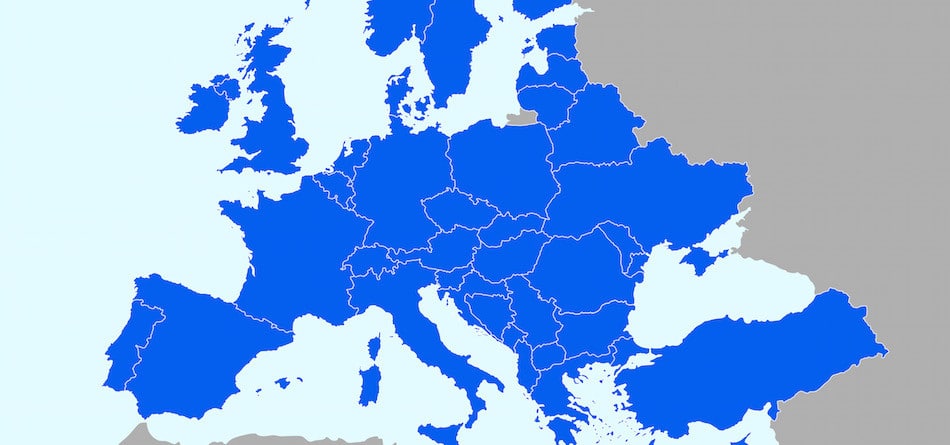
The Federation of European Securities Exchanges (FESE) welcomed a new study on the proposal for a consolidated tape (CT) in Europe. Independently written and produced by management consultancy Oliver Wyman and commissioned by FESE, the study, entitled ‘Caught on Tape’, sets out a cost-benefit analysis of various CT options for Europe. It concludes that starting with a 15-minute delay post-trade tape would be the most favourable for issuers and investors.
? FESE welcomes NEW analysis of consolidated tape models @OliverWyman study recommends a balanced approach, noting a CT will not per se bring more #transparency to ?? #markets
Urging reform, it finds a post-trade 15-min delay CT provides best cost-benefit characteristics ⚖️
— FESE (@FESEBrussels) October 5, 2021
The study finds that in and of itself, a CT will not bring more transparency to Europe’s markets – an objective of MiFID II. It emphasises that reforms must be made to combat the structural shortcomings which allow for the damaging extent of dark trading.
Based on the assumption that these reforms are implemented, the study concludes that a post-trade 15-minute delay CT covering equity, equity-like (including exchange-traded funds) and fixed income financial instruments “provides the best cost-benefit characteristics”.
Moreover, the study observes that a CT, if calibrated inappropriately, risks exacerbating market structure limitations and increasing costs for European capital markets. This could further disadvantage retail investors and hamper the development of the Capital Markets Union.
Among the potential technological and operational challenges for policymakers to consider, the study points to the asymmetries which exist in market data quality. It notes that “some market structure imperfections limit access to high-quality market data, specifically in less transparent markets like fixed income.”
Commenting on the release of the new study, FESE Director General, Rainer Riess, remarked:
“This study is an important contribution to the ongoing debate surrounding the consolidated tape.
This debate is complex, and can often shed more heat than light. With this study, we wanted to engage constructively with the proposal of a CT for Europe and put forward serious analysis of the options on the table. We support boosting the CMU.
As the study shows, a CT is no panacea for market structure – only if market structure rules are redefined and enforced so as to foster transparent trading can significant benefits be realised.
For a CT to be useful, it must provide a complete overview of market activity to investors. The persistence of low quality market data – notably from SI and OTC venues – is a barrier to that.
We hope the Commission will take this study by a highly respected consultancy into serious consideration before finalising its proposal.”
Dr. Daniela Peterhoff, Head EMEA Corporate & Institutional Banking Practice at Oliver Wyman, one of the study’s authors, said:
“A consolidated tape will impact the entire capital markets industry in Europe and hence it is critical that the design and ultimate implementation of a CT follows a careful assessment of all involved benefits, costs and risks. A well-calibrated CT can provide genuine value to European capital markets. A badly calibrated CT will increase costs for market participants and may result in collateral damage for less sophisticated investors.
We conclude that a post-trade 15-min delay is the most appropriate CT option for Europe, taking into account that market structure imperfections need to be rectified and that the introduction of a CT will require significant initial efforts from all market participants.
Our study further emphasises that the closer to real-time the CT is set, the higher the benefits for European capital markets, but also the greater the implementation challenges and risks of collateral damage for less sophisticated investors. Therefore, our study proposes an incremental decrease of the delay time, once the CT has proven itself to provide genuine benefits.”
About the study
The study provides a cost-benefit analysis of different CT options and has been informed by 37 interviews with market participants across buy- and sell-side and market infrastructures with different business models, including those serving issuers and investors. The study was commissioned and paid for by FESE but has been independently written and produced by Oliver Wyman.
Source: FESE





